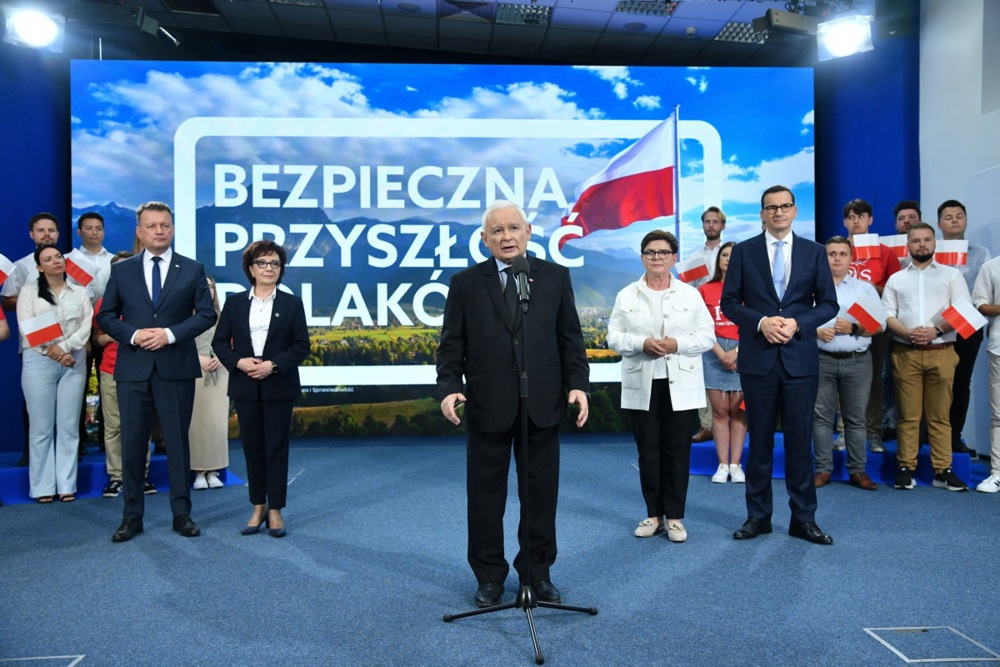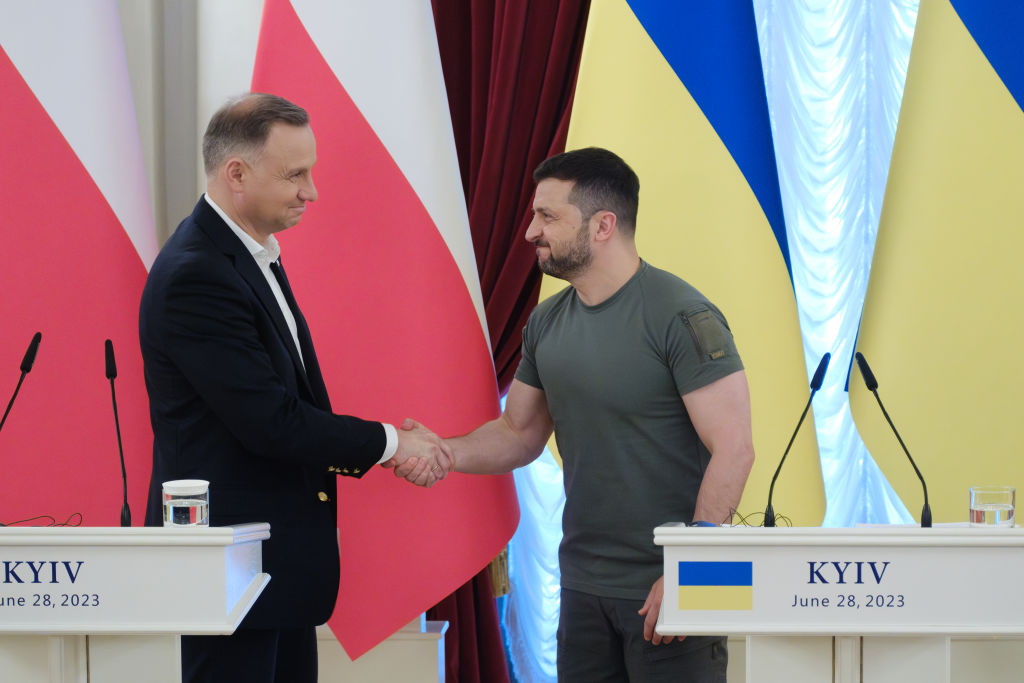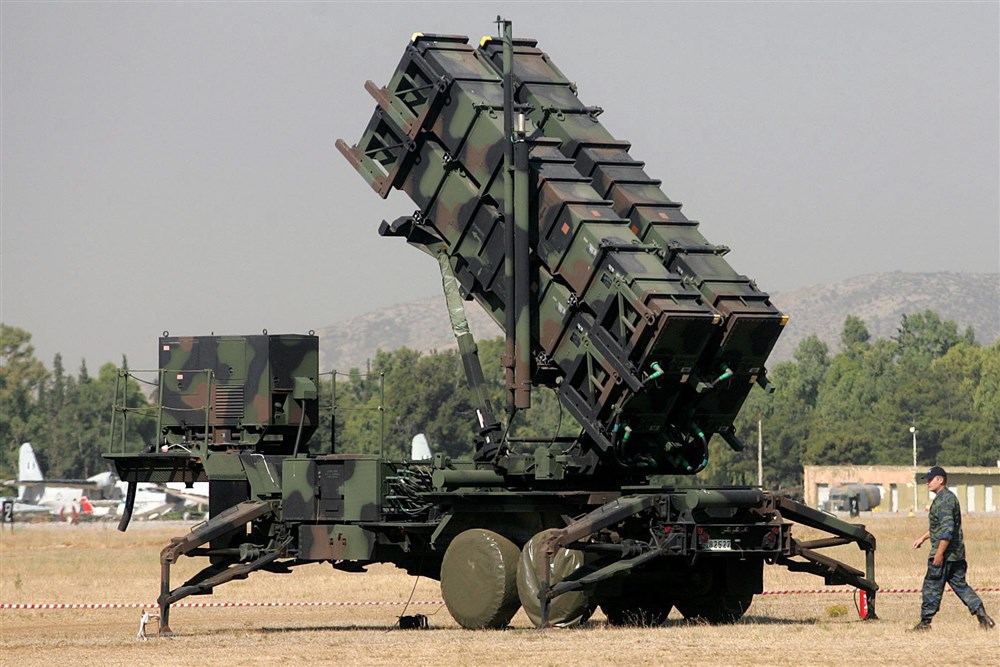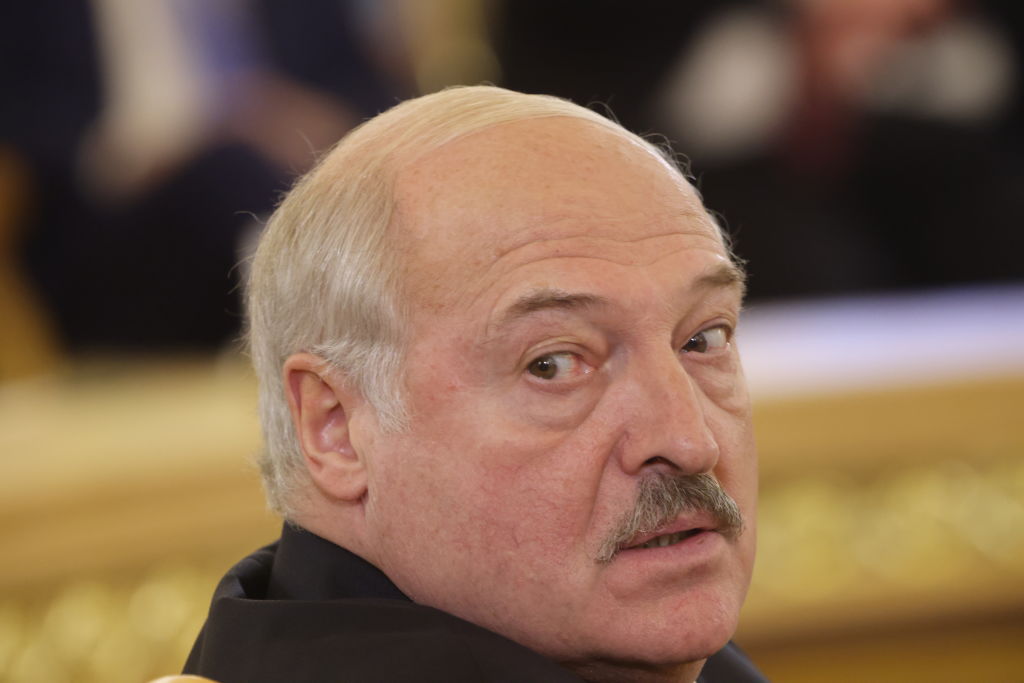The United States on August 21 approved a potential $12 billion sale of Apache attack helicopters to Poland, a significant deal with a frontline ally supporting Ukraine and one that is part of Poland’s rearmament efforts.
Poland is to purchase 96 AH-64E Apaches and related equipment, including 1,844 AGM-114R2 Hellfire missiles and 508 Stinger missiles, the US State Department informed Congress.
Poland decided last year to buy the choppers to replace its ageing Soviet-era helicopter fleet as concerns mounted over its military capability in light of Russian aggression in Ukraine.
Polish defence minister Mariusz Blaszczak confirmed the deal on social media, adding that “until the procedures are completed and the purchased helicopters are delivered to Poland, the US Army will provide us with Apache helicopters from its own resources”.
Błaszczak told reporters in May that the US would furnish Poland with eight Apache helicopters from its own stocks to strengthen NATO’s Eastern flank amid Russia’s invasion of Ukraine, until Warsaw bought its own machines.
When asked at that time why the aircraft were so important, Blaszczak said that “they work very well with Abrams tanks and because they will be sent to the Eastern flank of NATO where, together with Abrams tanks, they will close the so-called Brześć gate [southwest Belarus] on the Polish border”.
The Apache deal is a further development in Poland’s rearmament drive. In January it announced plans to spend 4 per cent of its gross domestic product on defence this year, well above the NATO target of 2 per cent.
It is the first country in Europe to buy 250 of the most modern US-built Abrams tanks and has also bought a fleet of F-35 fighter planes, HIMARS rocket launchers and Patriot air defence systems from the US.
On August 21, Blaszczak showcased the two 12 FA-50 fighter planes it has bought from South Korea and announced the arrival of the first South Korean K239 Chunmoo rocket launchers of the 288 ordered under a contract worth $3.55 billion. Poland has also purchased K2 Black Panther tanks and K9 self-propelled howitzers from the Koreans
A recent visit to Seoul by the Polish defence minister received extensive media coverage as Poland has drawn on nearly $25 billion in credit to finance the orders. According to the daily newspaper Rzeczpospolita, Polish orders were so extensive that banks in South Korea have exhausted their capacity for financing the export of arms.
Rearmament has become an issue ahead of the October 15 Polish general elections. The ruling PiS has made security a key part of its electoral platform and accused the liberals of failing to ensure Poland was properly armed when they were in power between 2007 and 2015.
The challenger to the PiS on the Right, the Confederation party, is concerned about transparency of spending on defence but supports the need for rearmament.
The liberals and the Left are not questioning the need to raise spending on defence but have pledged that they will review at least some of the arms contacts to ensure they are good value and actually needed.
Łukasz Warzecha, who has written on security issues in the Polish press, said that the ruling party’s record on military security was not unblemished. “The modernisation effort has only accelerated after the beginning of the war in Ukraine.”
Warzecha also pointed to “Poland making large and hurried purchases of military hardware” to fill holes in its defences relating to “the enormous amount of equipment it has transferred to Ukraine”.
He remains unconvinced about Poland being fit to deter potential aggressors. “Incidents such as the loss of a stray Russian rocket from our radar and the undetected entry into our airspace of Belarusian helicopters indicates that we are not as well prepared as we should be,” he said.
The government rejects claims that providing arms for Ukraine should be seen as weakening Polish security, arguing that military support for Ukraine enhances Polish security by keeping Russia away from its borders.
It also points to the fact that the equipment replacing that handed over to the Ukrainians is far more modern and an enhancement to the security of Poland and NATO’s Eastern flank.





